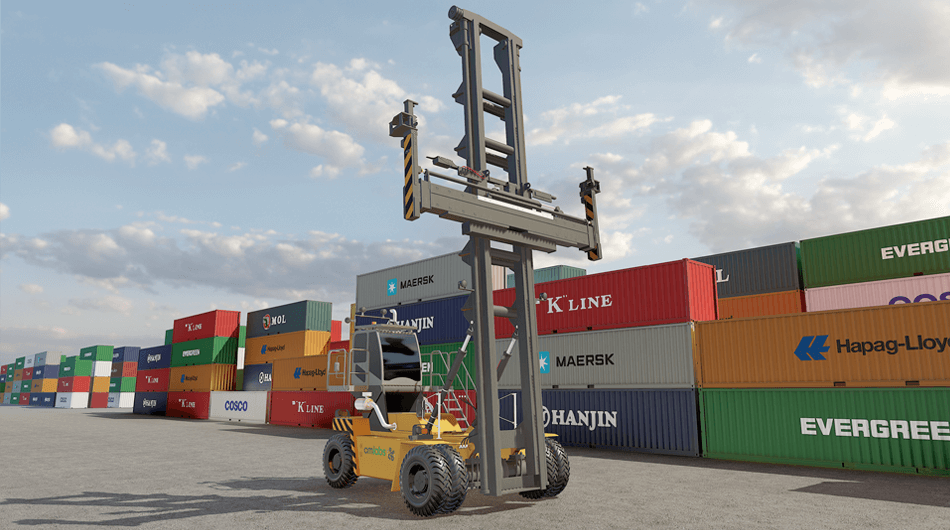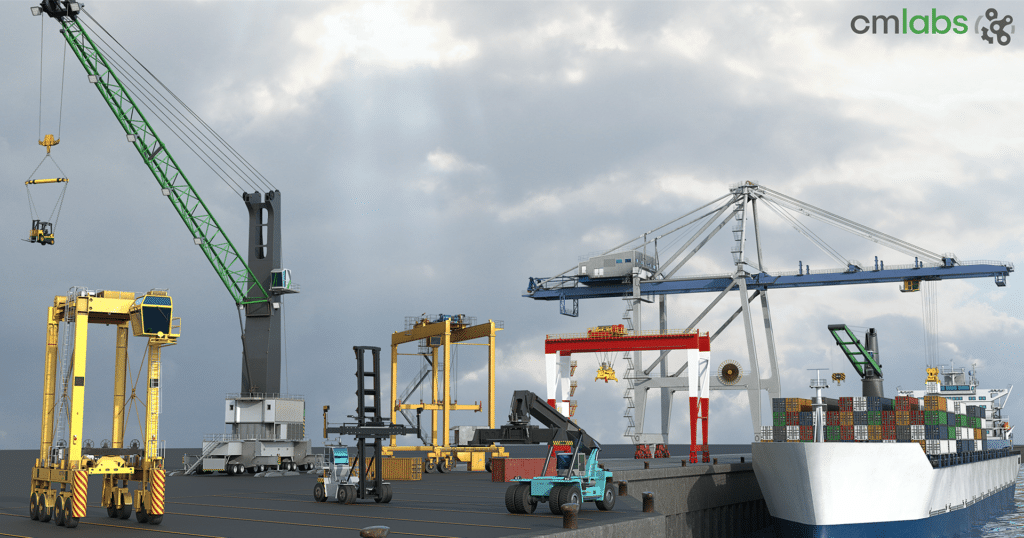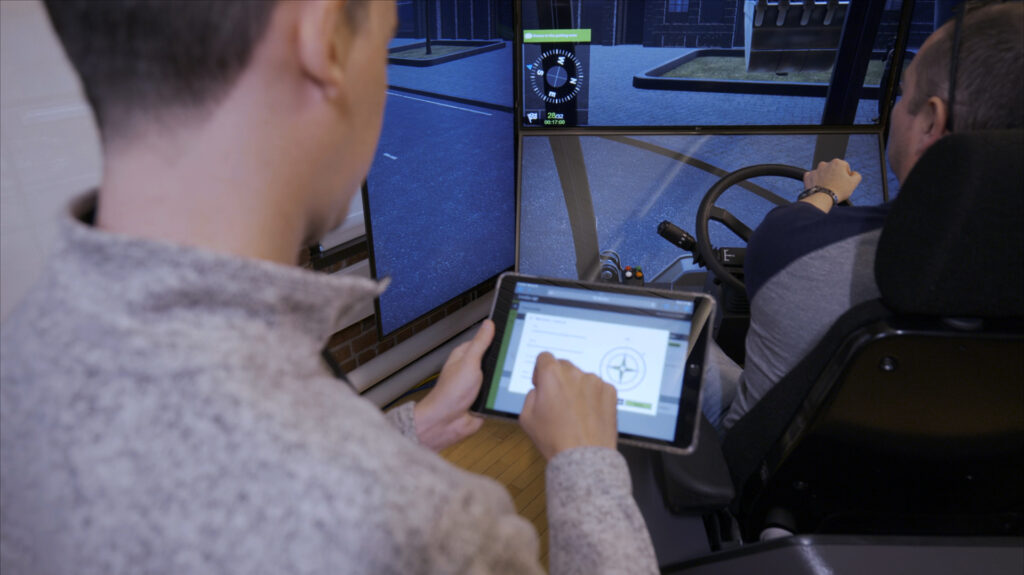Port Technology
The global virtual training simulation market, expected to ascend to $600 billion by 2027 according to Allied Market Research, has rapidly grown in its capabilities for the ports and maritime sector. At the port, simulation in Ship-to-Shore (STS) crane operation and straddle carrier management are two digital avenues ports can utilize to upskill workers and provide a cost-effective training module for team members. In shipping, pilotage simulation can provide scenario-based training to challenge seafarers on crisis management, tackling rare incidents such as stormy conditions and collisions with other vessels. More recently, the COVID-19 pandemic and subsequent shift to e-learning has opened up the opportunity for cloud-based, remote simulation: broadening opportunities for all ports to consider in their training modules.
One solution is to improve efficiencies in training processes and implement training systems that are attractive to women and racially diverse people, two of the groups the report recommends increasing recruitment of. Efforts of organizations like the Electrical Training Alliance (ETA) are demonstrating how successful new training technologies and methods can be used in battling the workforce problem. The ETA is a joint initiative between the National Electrical Contractors Association and the International Brotherhood of Electrical Workers. Its educators provide workplace safety materials, curriculum, and training to more than 55,000 electrical apprentices and 700,000 journeymen.
FORTH PORTS
One of the UK’s largest container port operators, in 2018 Forth Ports stepped into the simulated sphere. Purchasing the Vortex simulator, created by CM Labs Simulations of Montreal, at the London Container Terminal in Tilbury, the operator can offer enhanced learning experiences on 13 screens and 270 degree views for major crane and straddle operation, complete with motion, cable and lifting systems, and lift apparatus. […]
In Autumn 2021, Forth Ports agreed a five-year extension to retain and upgrade the Vortex Stimulator, providing additional elements for a more sophisticated training experience in assessment and statistics reportage. “This was a cultural change for us as a business,” said Stuart Wallace, COO at Forth Ports. “The maritime sector, and certainly the port sector, is a very traditional business.” Sitting directly next to a trainee in a port complex was the favoured – and only – approach to training previously, Wallace said. However, the training takes up vital port
infrastructure, in additional to releasing harmful carbon emissions by being shown the ropes on diesel-powered straddle carriers around the yard, for example. “With a simulator, it helps take those learners out of the real environment so they can make lots of mistakes without upsetting the operation, and more importantly, without damaging the equipment,” he said.
–
Watch Port of Tilbury’s Review Video
Read Port of Tilbury’s Customer Story
–


